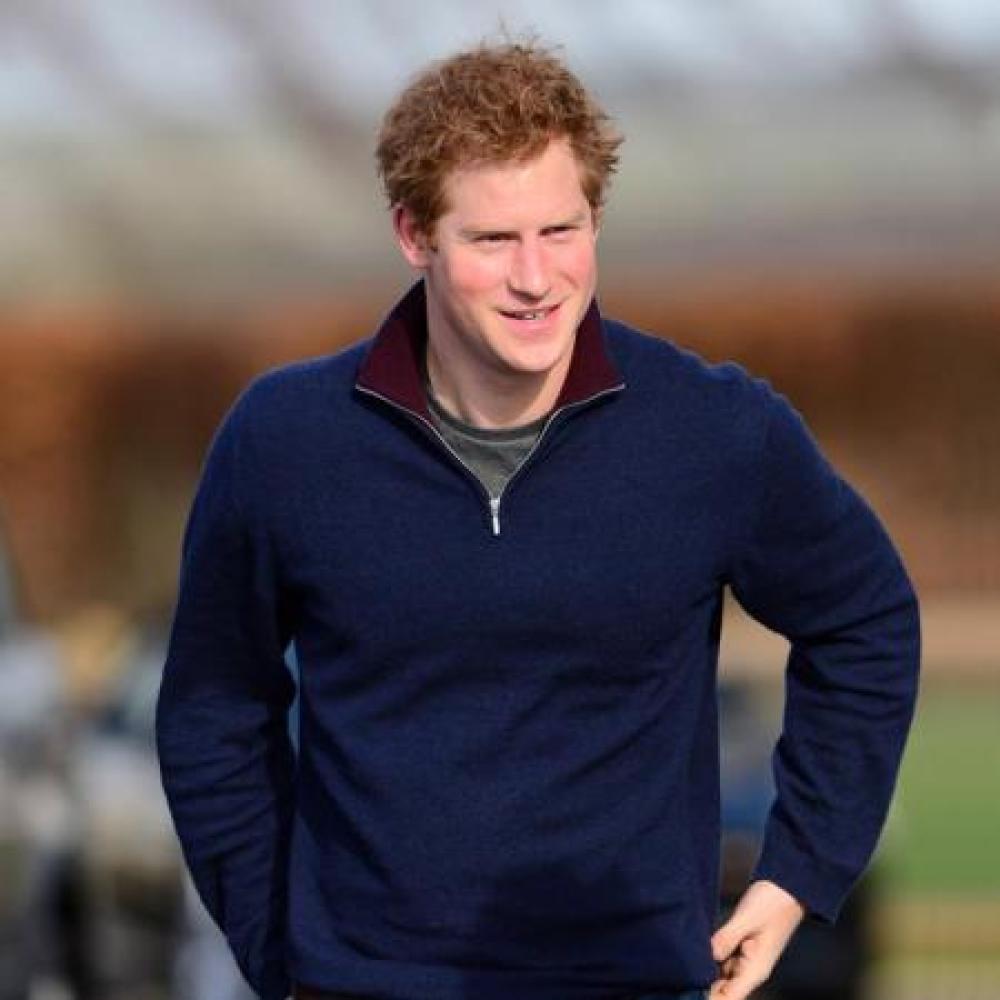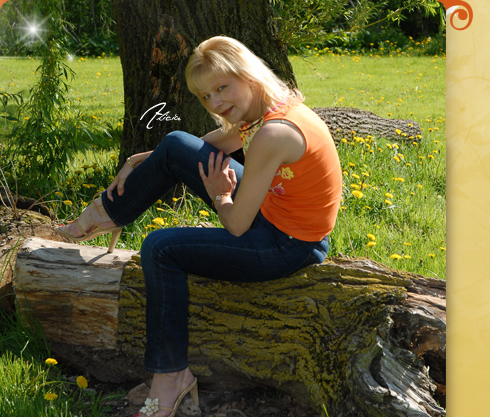Presently census questionnaires ask U.S. residents about their battle and Hispanic ethnicity employing a format that is two-question. Regarding the 2010 census kind (and present United states Community Survey types), participants are first asked whether or not they are of Hispanic, Latino or Spanish origin (and, if so, which origin—Mexican, Puerto Rican, Cuban or any other Hispanic beginning).
The question that is next them to mark a number of containers to describe their competition. Your options include white, black colored, United states Indian/Alaska Native, in addition to nationwide beginning groups (such as for example Chinese) which can be the main Asian or Hawaiian/Pacific Islander events. Individuals filling in the shape may check the box also for “some other competition” and fill in the title of the battle. Explicit directions from the kind keep in mind that Hispanic/Latino identity is certainly not a battle.
Nevertheless, numerous participants compose in “Hispanic,” “Latino” or a country with Spanish or Latin origins, suggesting that the conventional racial categories are less highly relevant to them.
This two-question structure had been introduced in 1980, initial 12 months that the Hispanic category had been included on all census kinds. (See below to get more in the reputation for the way the Census Bureau has counted Hispanics.)
The possibility to choose one or more competition, starting in 2000, followed Census Bureau evaluating of a few approaches, including a“multiracial” category that is possible. The alteration in policy to permit one or more battle become examined had been the total outcome of lobbying by advocates for multiracial individuals and families whom wanted recognition of the identification. The populace of Americans with numerous racial or cultural backgrounds happens to be growing because of repeal of laws and regulations intermarriage that is banning changing public attitudes about mixed-race relationships and also the increase of immigration from Latin America and Asia. One indicator that is important in the rise in interracial wedding: The share of maried people with partners of different events increased nearly fourfold from 1980 (1.6%) to 2013 (6.3%).
For the 2020 census, the Census Bureau is considering a fresh way of asking U.S. residents about their battle or beginning. You start with the 2010 census, the bureau has undertaken a number of experiments testing out various versions regarding the competition and Hispanic concerns. The version that is latest being tested, as described below, combines the Hispanic and race questions into one concern, with write-in containers for which participants can truly add increased detail.
Counting Whites and Blacks
The government has revised the race and Hispanic origin categories it uses to reflect current science, government needs, social attitudes and changes in the nation’s racial composition through the centuries. 16
For some of their history, the usa has received two major events, and until present years whites and blacks dominated the census racial groups. 17 (United states Indians weren’t counted in very early censuses since they had been thought to reside in split countries.) To start with, blacks had been counted just as slaves, however in 1820 a “free colored people” category had been added, encompassing about 13percent of blacks. 18
In a culture where whites had more rights that are legal privileges than individuals of other events, step-by-step guidelines restricted who had been eligible to be called “white” when you look at the census. The general rule was that if someone was both white and any other non-white race (or “color,” as it was called in some early censuses), that person could not be classified as white until the middle of the 20th century. This is worded in a variety of methods within the written rules that census takers got. Into the 1930 census, as an example, enumerators were told that any particular one who was simply both white and black must be counted as black colored, “no matter exactly exactly just how little the portion of Negro bloodstream,” a classification system referred to as “one-drop guideline.” 19
Mulattos, Quadroons and Octoroons
Some battle researchers and general public officials thought it absolutely was essential to understand more info on teams which were maybe not “pure” black or white. Some experts thought these combined teams had been less fertile, or else poor; they seemed to census information to aid their theories. 20 Through the century that is mid-19th 1920, the census race groups included some particular multiracial teams, primarily those who had been grayscale.
“Mulatto” had been a category from 1850 to 1890 as well as in 1910 and 1920. “Octoroon” and that are“quadroon groups in 1890. Definitions of these groups diverse from census to census. In 1870, “mulatto” was defined as including “quadroons, octoroons and all sorts of individuals having any trace that is perceptible of bloodstream.” The guidelines to census takers stated that “important clinical outcomes” depended to their including individuals within the categories that are right. In 1890, a mulatto ended up being thought as somebody with “three-eighths to five-eighths blood that is black” a quadroon had “one-fourth black bloodstream” as well as an octoroon had “one-eighth or any trace of black colored blood.” 21
The phrase “Negro” ended up being added in 1900 to restore “colored,” and census officials noted that the newest term had been increasingly preferred “among people of the African battle.” 22 In 2000, “African American” ended up being put into the census kind. In 2013, the bureau announced that because “Negro” had been unpleasant to a lot of, the word could be fallen from census kinds and surveys.
Although United states Indians are not incorporated into very early U.S. censuses, an “Indian” category had been added in 1860, but enumerators counted just  those US Indians who were considered assimilated (as an example, those that settled in or near white communities). The census did not try to count the entire American Indian population until 1890.
those US Indians who were considered assimilated (as an example, those that settled in or near white communities). The census did not try to count the entire American Indian population until 1890.
In certain censuses, enumerators had been told to categorize United states Indians in line with the level of Indian or any other bloodstream that they had, considered a marker of assimilation. 23 In 1900, for instance, census takers had been told to record the percentage of white blood for each Indian that is american they. The 1930 census directions for enumerators stated that folks have been white-Indian had been become counted as Indian “except where in fact the percentage of Indian bloodstream is extremely little, or where he could be seen as a white individual by those in the city where he lives.”
